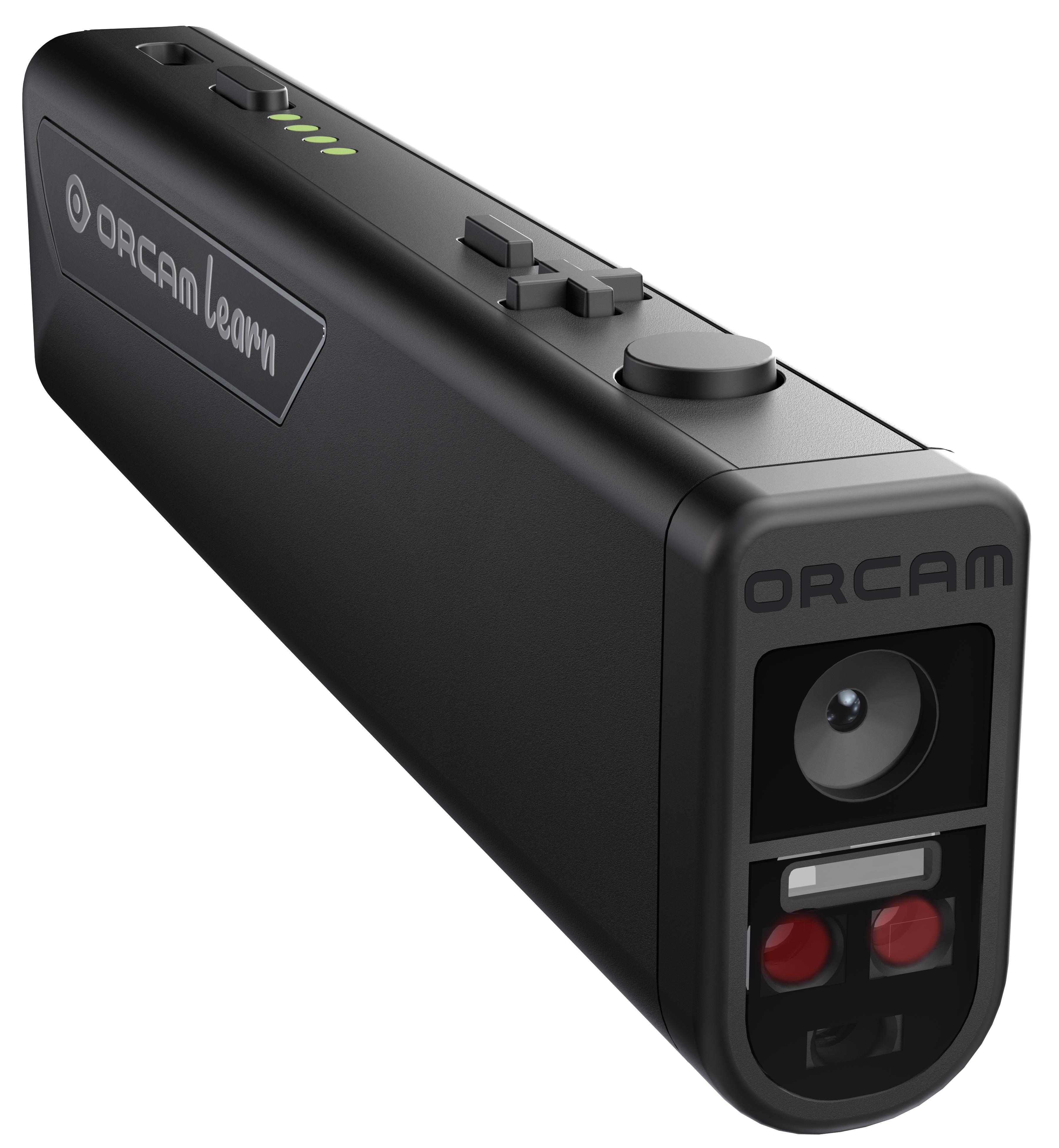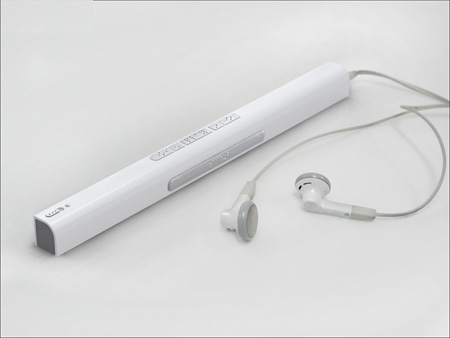Voice-Activated Assistive Devices: Enabling the Visually Impaired
Voice-Activated Assistive Devices: Enabling the Visually Impaired
Blog Article
Discover Cutting-edge Tools Created for the Aesthetically Damaged
The growth of innovative tools for the aesthetically damaged stands for a substantial advancement in accessibility and self-reliance. Technologies such as wise glasses with AI capacities and mobile applications designed to give auditory summaries are improving day-to-day experiences for customers.
Smart Glasses for Navigating

Smart glasses created for navigating are transforming the means visually impaired people engage with their environment. These sophisticated tools utilize a combination of video camera technology, expert system, and auditory feedback to give real-time details regarding surroundings. By using obstacle discovery systems, smart glasses can alert users to prospective risks, making it possible for safer flexibility in both acquainted and unknown settings.
The integration of GPS modern technology additionally improves navigation capacities, permitting individuals to obtain acoustic directions as they move. This hands-free technique not only promotes independence yet also equips visually damaged people to browse metropolitan landscapes with raised confidence. Furthermore, many wise glasses are geared up with attributes that identify sites and road indicators, providing contextual information that boosts the individual experience.
Furthermore, the advancement of these gadgets is consistently advancing, with business working to enhance the accuracy of things recognition and expand the series of navigational features. As smart glasses come to be a lot more budget-friendly and obtainable, they hold the potential to significantly change life for aesthetically damaged individuals. Inevitably, these ingenious devices stand for a critical step towards inclusivity, offering improved flexibility and a better feeling of freedom for people navigating the globe around them.

Mobile Apps for Daily Living
Just how can mobile applications improve the lives of visually impaired individuals? Mobile applications are changing the way aesthetically impaired users browse their settings, take care of everyday jobs, and accessibility information. These applications offer vital assistance with numerous functionalities, promoting freedom and enhancing lifestyle.
Numerous ingenious mobile applications are developed particularly for day-to-day living. For circumstances, apps like Be My Eyes connect aesthetically damaged users with sighted volunteers by means of video clip phone calls, permitting them to obtain real-time help with jobs such as reviewing tags or browsing unfamiliar areas. Seeing AI, developed by Microsoft, utilizes man-made intelligence to define surroundings, read message, and recognize items, properly transforming a smart device into a powerful tool for day-to-day aid.
Furthermore, navigating apps customized for the aesthetically damaged, such as Aira and BlindSquare, use audio-based directions and ecological details, making it possible for users to traverse their surroundings safely and with confidence. Past navigating and immediate support, mobile applications additionally support company and job administration, with attributes that aid customers establish reminders, produce order of business, and track consultations. In summary, mobile applications serve as vital sources, empowering aesthetically impaired individuals to lead more independent and satisfying lives.
Wearable Technologies for Aid
Empowerment with modern technology is progressively obvious in the world of wearable tools developed to assist visually damaged people. These ingenious tools incorporate seamlessly right into life, improving navigation and offering essential responses to individuals. For example, clever glasses outfitted with electronic cameras can recognize faces and check out text aloud, permitting customers to engage even more with confidence in social and professional setups.
An additional notable innovation is the usage of haptic comments systems in wearable devices. These systems make use of vibrations or other responsive signals to convey info regarding the customer's setting, such as obstacles or adjustments in terrain, enhancing wheelchair and security. Wearable modern technologies also consist of wristbands that attach to mobile phones, signaling individuals to notices with subtle resonances, thus improving connectivity without reliance on visual signs.
As these modern technologies remain to evolve, they are not only improving freedom for aesthetically damaged people yet additionally promoting a better feeling of inclusion in culture. By connecting the gap in between difficulties encountered in day-to-day living and the pop over to this site capacity for freedom, wearable technologies offer as pivotal devices in the mission for equality and empowerment for those with aesthetic problems.
Sound Description Tools
Sound description devices play a crucial function in enhancing access for visually damaged individuals, providing them with the capability to involve with aesthetic media. Smart glasses for the visually impaired. These tools provide narrated descriptions of vital visual elements in movies, tv programs, and live performances, guaranteeing that users can completely comprehend the context and feelings communicated with visuals
Sound description can be incorporated into numerous systems, consisting of streaming solutions, movie theater testings, and live theater. Several popular streaming services now consist of audio summary as an availability attribute, allowing customers to select it quickly. In addition to traditional media, specialized applications additionally exist, giving audio descriptions for art events, museums, and various other cultural events.
The performance of audio description pivots on the ability of the storytellers, that should share visual details succinctly without diminishing the original audio. Innovations in this field are also leading the method for even more customized experiences, where users can change the level of detail and pacing according to their preferences.
Braille Innovations and Tools
Braille technologies and devices have actually substantially transformed the method visually impaired people engage with message and info. Modern innovations have resulted in the advancement of functional devices that improve literacy and self-reliance amongst customers. Significantly, Braille present modern technologies have actually evolved, enabling vibrant analysis experiences. These gadgets transform electronic text into Braille, allowing individuals to access a large selection of info on tablets, computers, and mobile phones.
Additionally, portable Braille notetakers incorporate typical Braille input with modern-day performances, promoting note-taking, scheduling, and document editing on the go. Screen readers for the blind. These portable devices frequently include text-to-speech capabilities, bridging the void between Braille and acoustic info
Furthermore, ingenious Braille printers have actually emerged, enabling individuals to create Braille tags, files, and educational products effectively. This availability fosters higher involvement in instructional and professional atmospheres, inevitably advertising inclusivity.
Additionally, research study right into smart Braille technologies remains to broaden. Tools that integrate synthetic intelligence are being discovered to provide real-time navigating support and contextual information, enhancing the individual experience in varied settings. On the whole, these technologies show a dedication to empowering visually impaired people with modern technology, guaranteeing they can conveniently accessibility and involve with the world around them.

Final Thought
The improvement of ingenious tools for the aesthetically damaged dramatically enhances freedom and use this link lifestyle. Smart glasses, mobile applications, wearable a knockout post modern technologies, audio description devices, and Braille innovations jointly empower individuals by giving important navigation support, ecological awareness, and improved analysis experiences. These modern technologies not just foster higher inclusion however likewise promote freedom in daily tasks, inevitably adding to an extra equitable and easily accessible society for visually impaired people. Continued growth in this field holds assurance for further enhancements.
As wise glasses become much more easily accessible and budget friendly, they hold the potential to dramatically change day-to-day life for aesthetically impaired individuals. Mobile applications are changing the way aesthetically impaired customers browse their atmospheres, take care of day-to-day tasks, and gain access to information. Apps like Be My Eyes attach visually impaired customers with sighted volunteers using video phone calls, allowing them to obtain real-time support with tasks such as checking out labels or navigating unknown areas.Additionally, navigation applications tailored for the visually impaired, such as Aira and BlindSquare, supply audio-based instructions and ecological info, allowing customers to traverse their surroundings safely and with confidence.The advancement of innovative tools for the aesthetically damaged substantially boosts freedom and quality of life.
Report this page